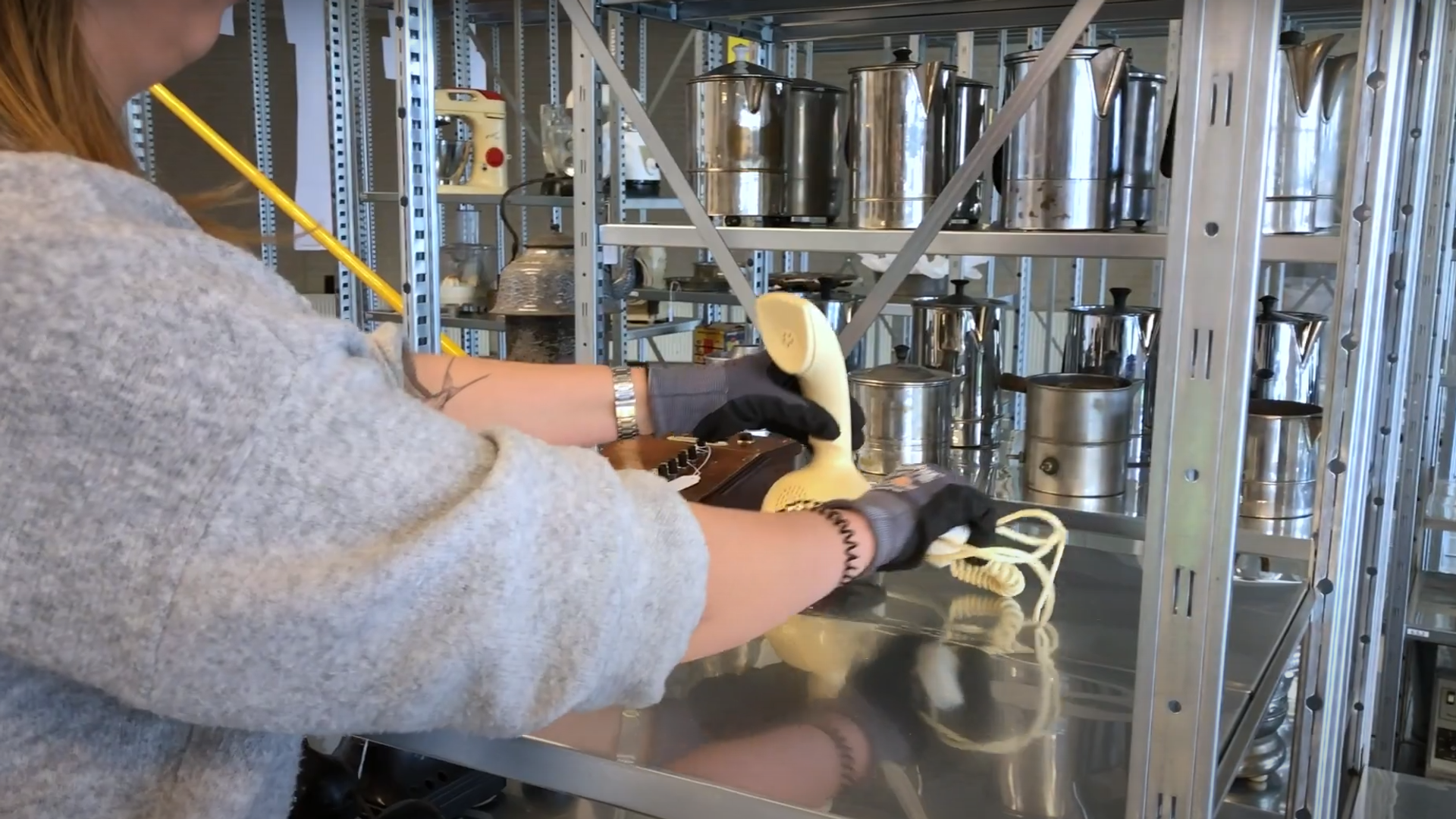
Collection
Whether it is the advent of electricity or telephony, technology is everywhere. Again and again, it changes the way we live. NEMO's collection brings this fascinating story to life.
Collection highlights
NEMO's collection consists of four sub-collections: Technology in and around the home, energy generation and storage, installation technology and lighting.
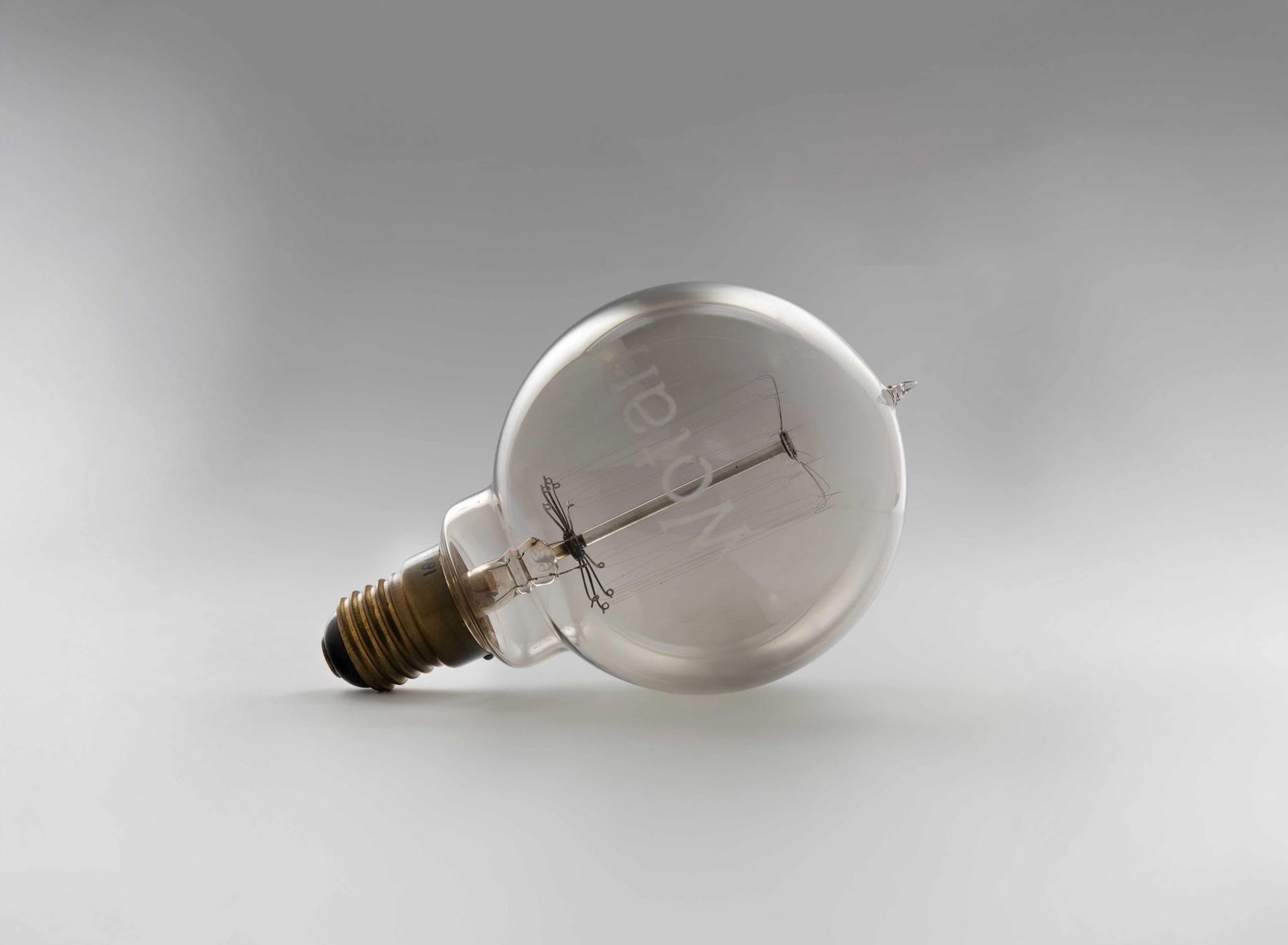
Wotan light bulb
Around 1910, Siemens & Halske developed a new type of light bulb: the Wotan bulb. The filament consisted of a mixture of tungsten and nickel, placed on a tantalum carrier. Thanks to this combination, the bulb burned brighter and lasted longer than previous types.
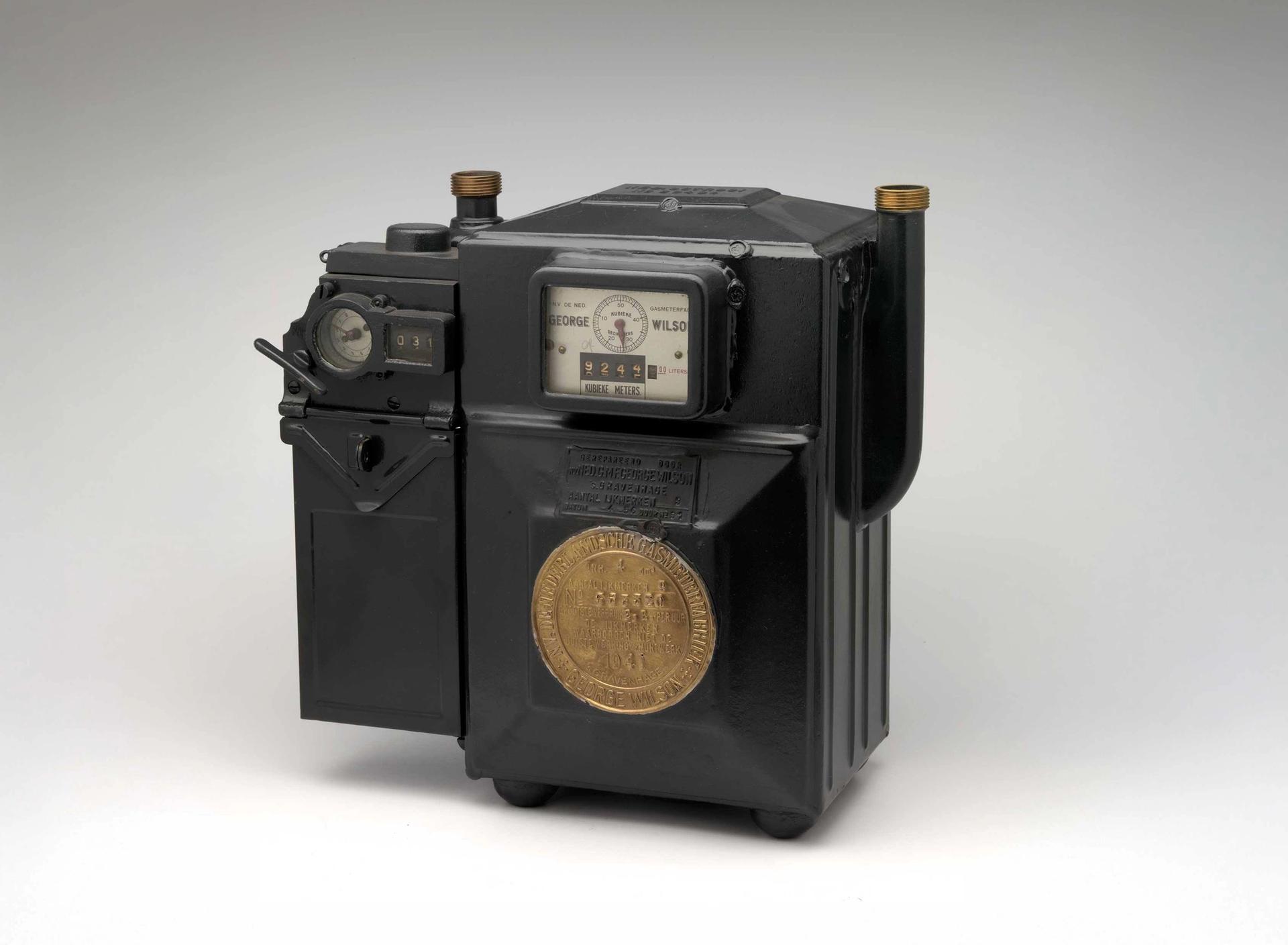
Coin-operated gas meter
Around 1895, the coin-operated gas meter made gas affordable for everyone. Users paid for their consumption per coin. The rate was slightly higher, but this allowed even low-income families to slowly pay off their gas installation and switch from petroleum to gas.
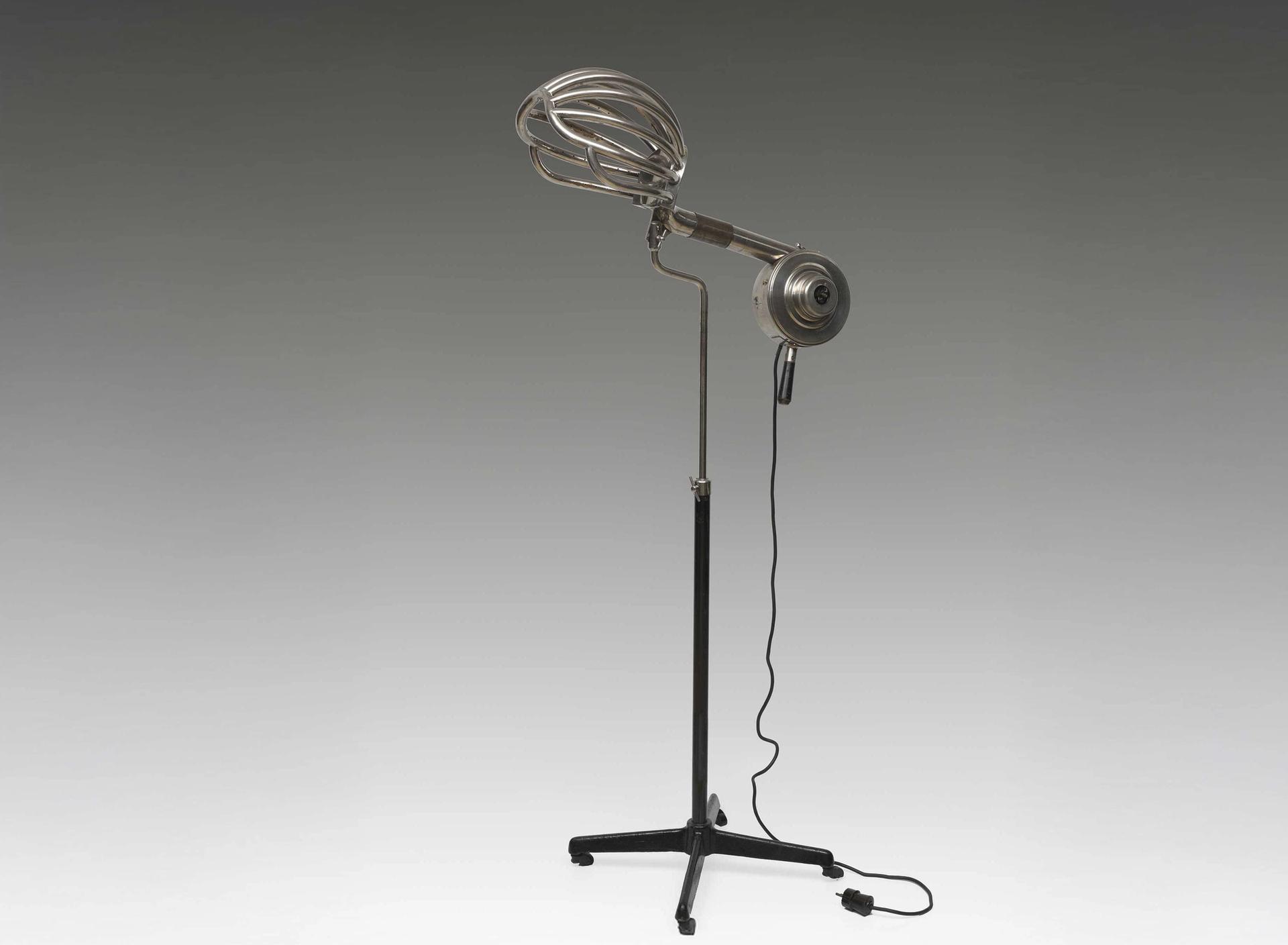
Hairdresser's hair dryer
The first hairdresser's hair dryer, designed in 1888, blew warm air through a tube to a dome around the head. In the 1920s, this design was improved with an air flow, allowing the hair to dry faster and more evenly. This was a revolution in the hairdressing salon!
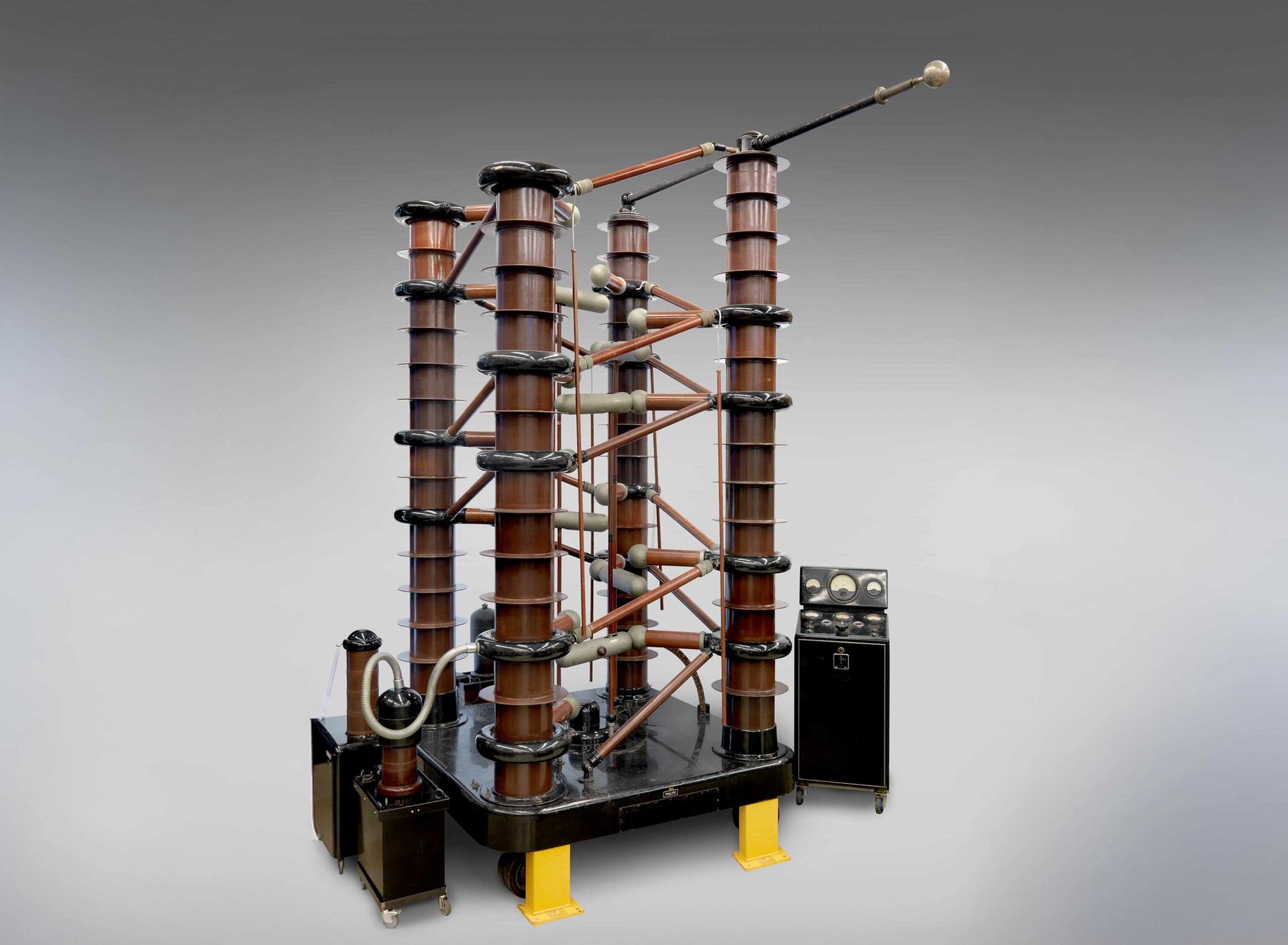
Surge voltage generator
This large installation from 1937 generates voltage surges of over a million volts. Engineers used it to study the effects of lightning and electrical discharges. The spectacular device shows how scientists experimented with electricity at the time.
The world’s first shared electric car
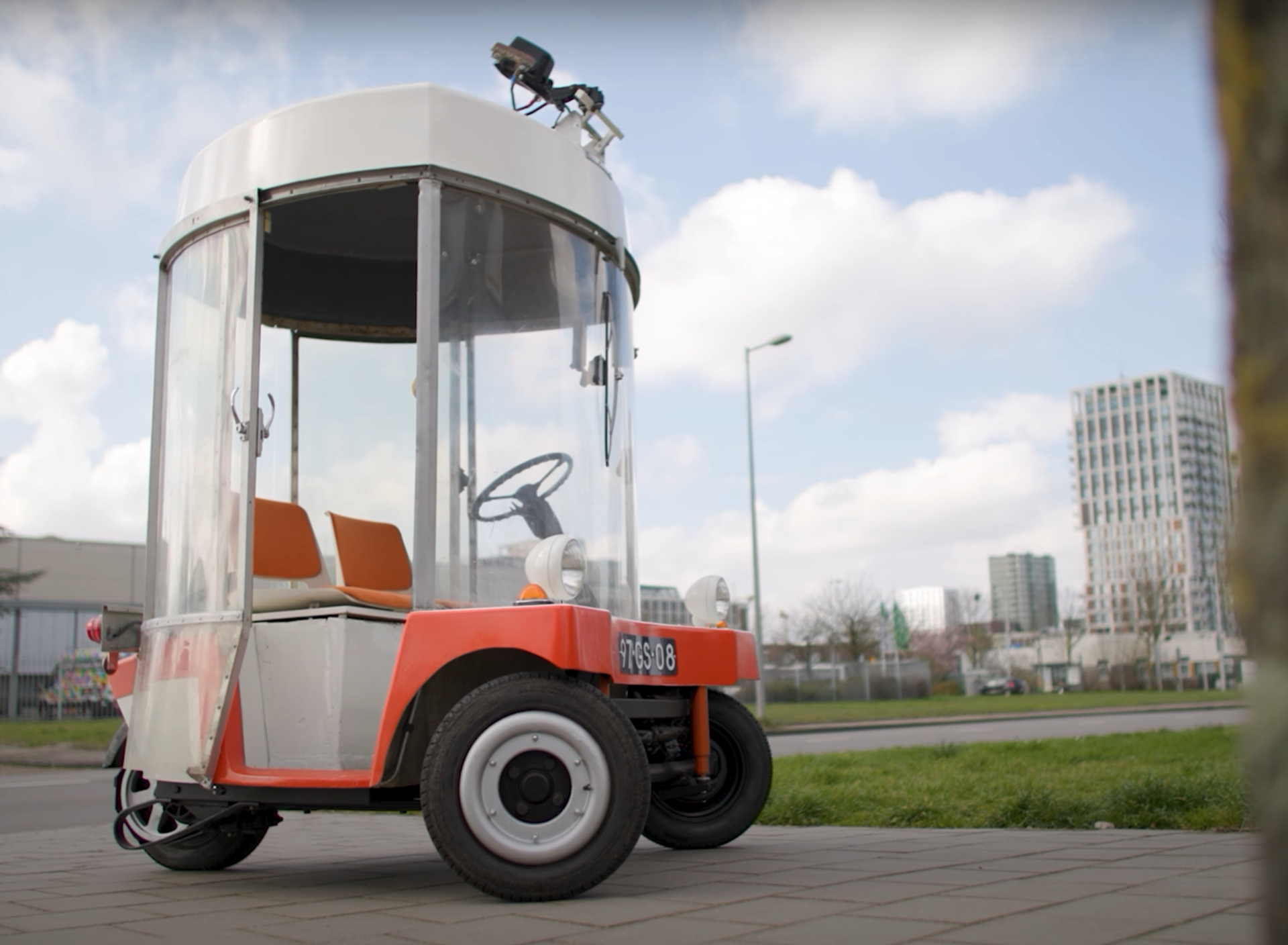
Witkar
The Witkar – the world’s first shared electric car – was made in the Netherlands in the 1960s and 70s. It was designed by Luud Schimmelpennink. NEMO has two Witkars in its collection: a restored model in the storage area and another at Technium on the second floor. The video above is in Dutch.
Technological developments
NEMO has around 20,000 objects in its collection. From electric tie warmers and portable audio players to Van de Graaff generators and the first lab-grown sausage, the collection showcases the intrinsic relationship between humans and technology – and its huge impact on our daily lives.
Vind het uit!
See how young people think about tomorrow's world on Vind het uit!. Five science museums opened their collections to young editors. They dived into the objects and got inspired. On the website you will find their ideas, stories and visions of the future.
Interesting themes emerged from the collections of NEMO Science Museum, Rijksmuseum Boerhaave, Teylers Museum, Universiteitsmuseum Groningen and Universiteitsmuseum Utrecht. On the big challenges of our time: climate change, energy transition, digitalisation and biotechnology.
What can science and technology mean in this? One thing is certain: there is still a lot to find out.
The collection and the depot
The depot is used for managing, conserving and cataloguing the collection.
